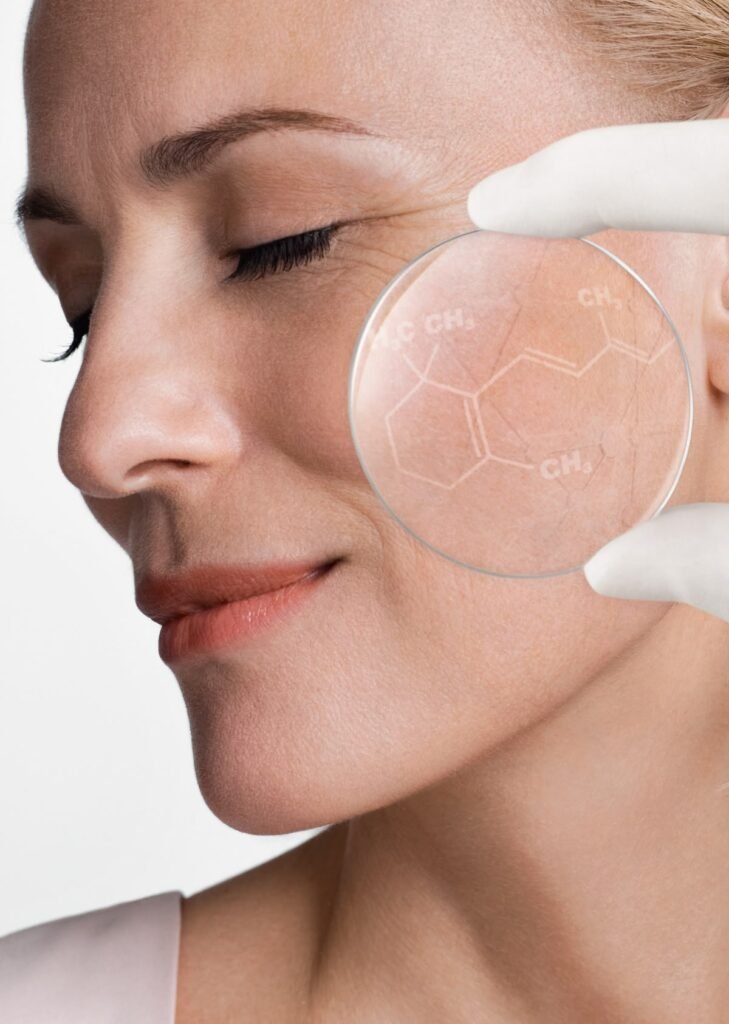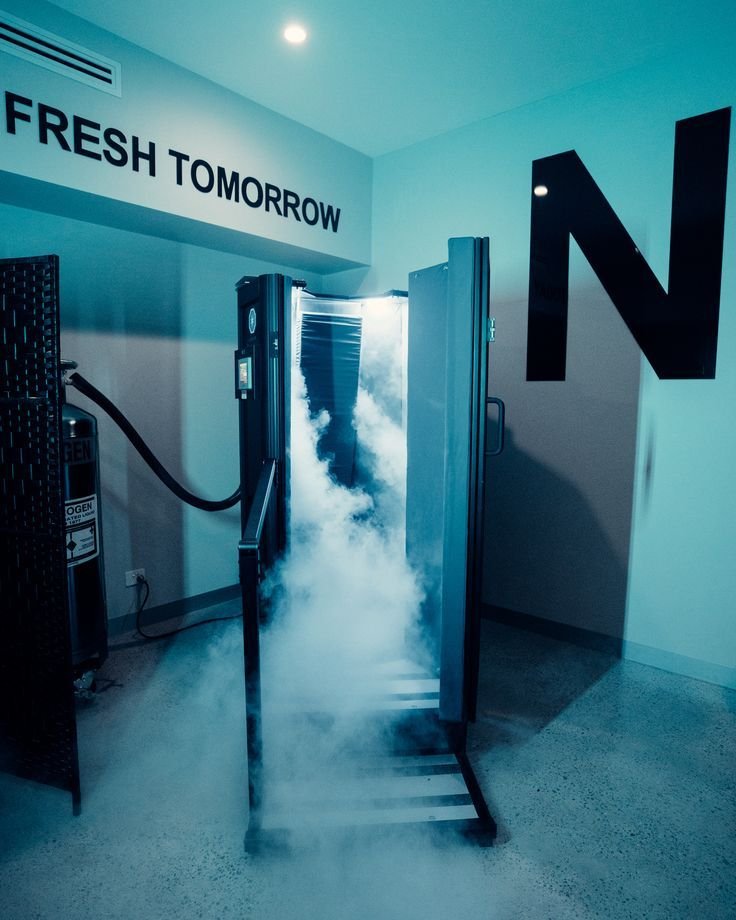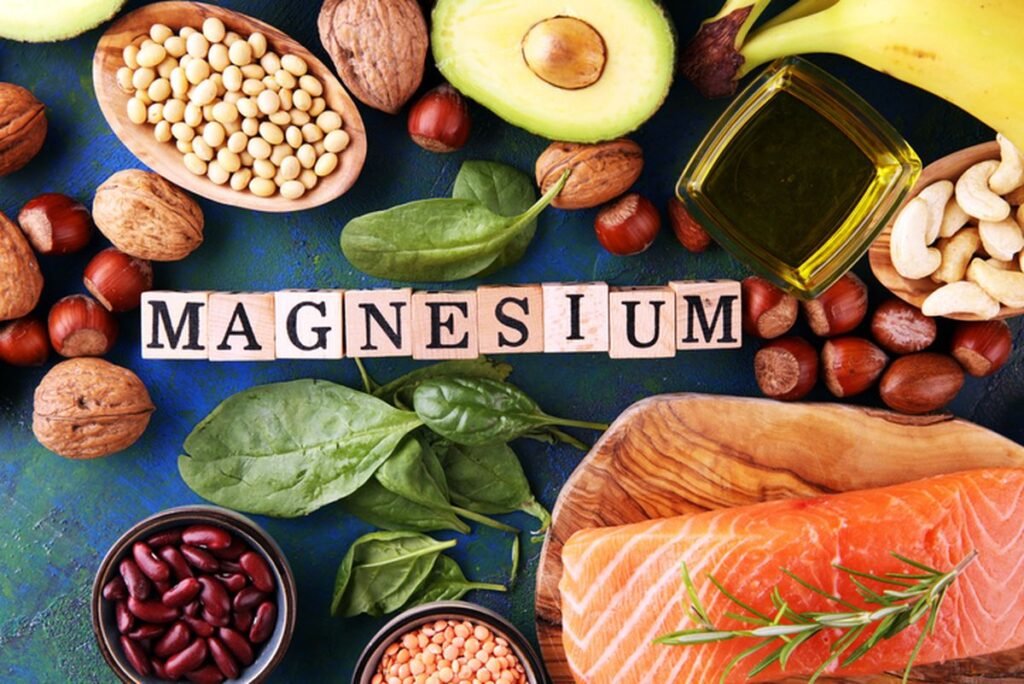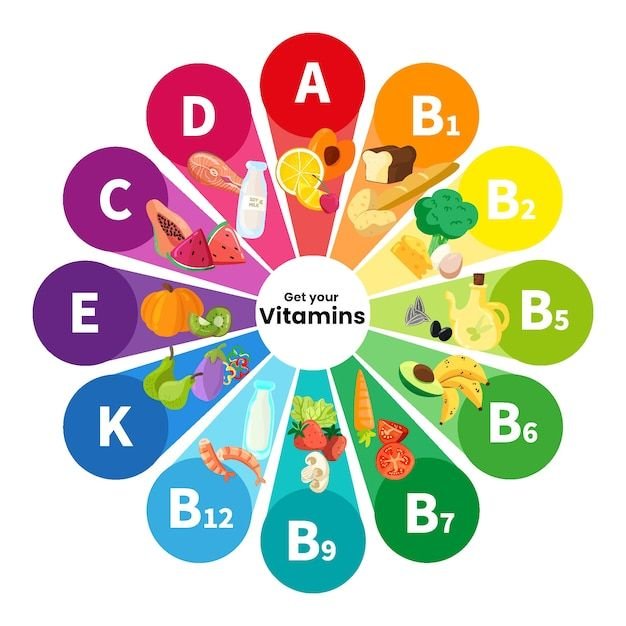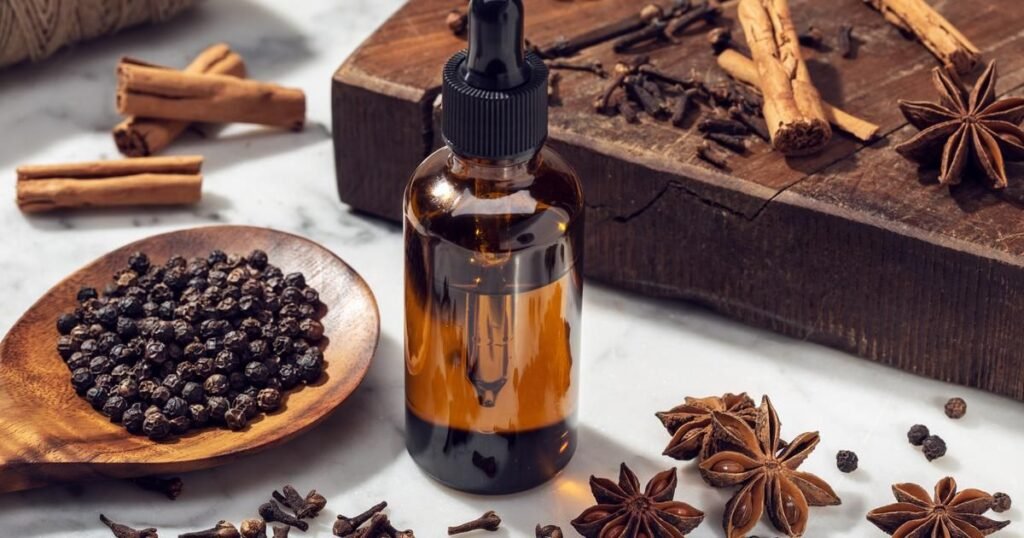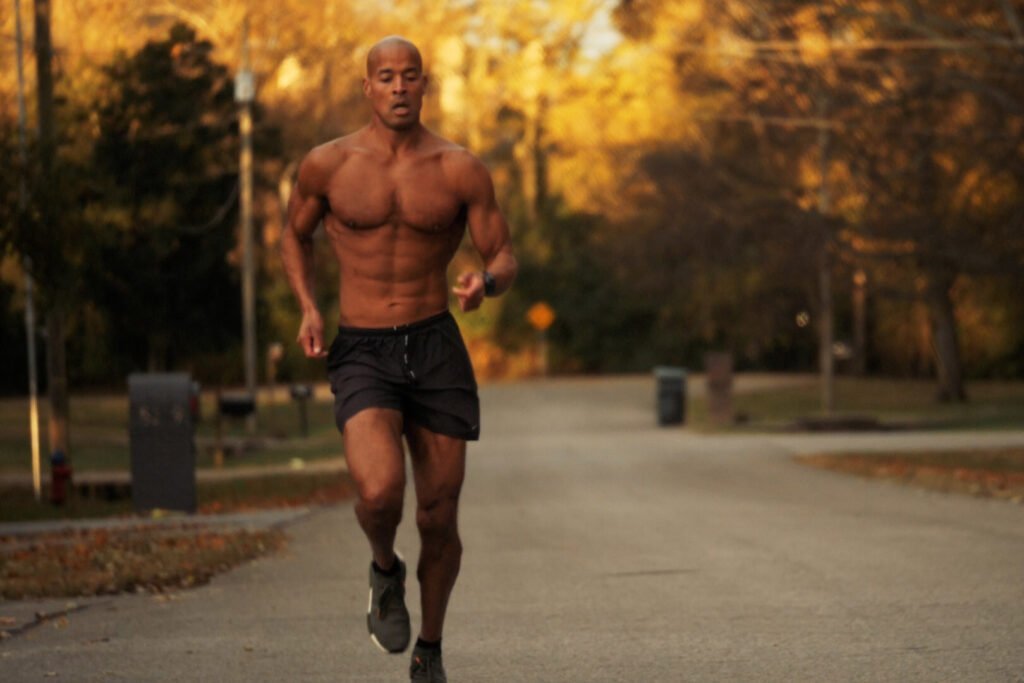Fight Fatigue: 10 Self-Care Ideas to Restore Your Spark
Fight Fatigue: 10 Self-Care Ideas to Restore Your Spark In today’s fast-paced world, exhaustion has become an all-too-common experience for many. As we juggle various roles and responsibilities, it’s easy to neglect our own well-being. However, self-care is not a luxury; it’s a necessity for maintaining both physical and mental health. This article will explore ten effective self-care ideas to help you recharge when you’re feeling drained, along with the science behind why they work. Understanding Exhaustion and the Importance of Self-Care Before diving into specific self-care activities, it’s crucial to understand what exhaustion is and why self-care is so important. Exhaustion is more than just feeling tired; it’s a state of physical, emotional, and mental depletion that can lead to burnout if not addressed. The World Health Organization (WHO) defines self-care as “the ability of individuals, families, and communities to promote health, prevent disease, maintain health, and to cope with illness and disability with or without the support of a healthcare provider”. This definition underscores the broad scope of self-care, encompassing both physical and mental health aspects. Dr. Saundra Dalton-Smith, a physician and author, identifies seven types of rest we need: physical, mental, spiritual, emotional, social, sensory, and creative. She explains, “Each type of rest has its own benefits and is essential for overall wellbeing” . Understanding these different types of rest can help us tailor our self-care practices to address our specific needs. OUR QUICK TIPS : MEDITATE ( USE INTERNET OR YOUTUBE ) DO BREATHWORK ( USE INTERNET OR YOUTUBE ) DO YOGA TO BOOST YOUR HORMONES HAVE A GREAT HEALTHY MEAL GO EARLY TO BED GO FOR A WALK IN THE NATURE TAKE SOME SUPPLEMENT TO BALANCE YOUR VITAMINS AND MINERALS LEVELS SURROUND YOURSELF WITH YOUR LOVED ONE OR YOUR PETS WATCH A MOVIE OR READ A BOOK IN A VERY COZY ATMOSPHERE TRY A SAUNA OR STEAM ROOM FOR BODY MIND RECOVERY TRY SOUND HEALING OR SOUND THERAPY JUST DO NOTHING FOR A FEW HOURS, NO PHONE, JUST YOU 1. Prioritize Sleep: The Foundation of Self-Care Getting enough sleep is perhaps the most fundamental form of self-care. Sleep is crucial for physical recovery and repair, supporting muscle growth, tissue repair, and overall physical health. It also enhances cognitive function, mood regulation, and the immune system. To improve your sleep hygiene: Dr. Michael Breus, a clinical psychologist and sleep expert, states, “Getting enough sleep is one of the most effective self-care practices. It impacts everything from mood and energy levels to immune function and heart health”. 2. Engage in Regular Exercise: Boost Your Energy and Mood Physical activity is a powerful tool for combating exhaustion and improving overall well-being. Regular exercise has numerous health benefits, including: Even when you’re feeling exhausted, incorporating some form of physical activity into your daily routine can make a huge impact. Start small with a short walk in the fresh air or gentle stretching exercises. As your energy levels improve, you can gradually increase the intensity and duration of your workouts. 3. Practice Mindfulness and Meditation: Cultivate Inner Peace Mindfulness and meditation are great ways to reduce stress, improve mental clarity, and enhance overall emotional well-being. Dr. Andrew Weil, a renowned integrative medicine expert, advocates for the use of mindfulness and meditation as self-care practices. He explains, “Mindfulness and meditation are great ways to reduce stress and improve mental clarity. They help you stay present and focused, which is essential for managing daily stressors”. To incorporate mindfulness into your self-care routine: Studies have shown that mindfulness-based interventions can significantly reduce emotional exhaustion and depersonalization while increasing self-compassion among healthcare workers. These benefits can extend to individuals in various roles and professions. 4. Nourish Your Body with Good Nutrition A healthy diet is a cornerstone of self-care, providing the nutrients necessary for optimal physical and mental functioning. Good nutrition supports: To improve your nutrition as a form of self-care: Remember, self-care means listening to your body’s needs. While it’s important to maintain a balanced diet, it’s also okay to indulge in comfort foods occasionally as part of your emotional self-care. 5. Create a Relaxing Environment: The Power of Sensory Self-Care Your environment can have a significant impact on your stress levels and overall well-being. Creating a relaxing space at home is an easy way to practice self-care on a daily basis. Consider the following ideas: For those working from home, designating a specific area for work can help maintain boundaries between professional and personal life, which is crucial for mental wellbeing. 6. Connect with Others: The Importance of Social Self-Care Human beings are inherently social creatures, and maintaining strong relationships is an essential aspect of self-care. Social connections can provide emotional support, reduce stress, and contribute to overall life satisfaction. Ways to incorporate social self-care into your routine: Dr. Pooja Lakshmin, a psychiatrist and author, emphasizes the importance of setting boundaries in social interactions as part of self-care. She states, “Self-care is about setting boundaries and saying no to things that drain your energy. It’s about prioritizing your own needs and recognizing that you deserve care and attention”. 7. Engage in Creative Activities: Nurture Your Inner Artist Engaging in creative activities can be a great form of self-care, providing an outlet for self-expression and stress relief. Whether it’s painting, writing, playing music, or crafting, creative pursuits can help you enter a flow state, reducing anxiety and improving mood. To incorporate creative self-care into your routine: Remember, the goal is not to produce masterpieces but to enjoy the process and express yourself freely. 8. Practice Self-Compassion: Be Kind to Yourself Self-compassion is a powerful tool for maintaining emotional health and resilience. Dr. Kristin Neff, a pioneer in the field of self-compassion, notes, “Self-compassion involves treating yourself with the same kindness and care you would offer a good friend. It is a powerful tool for emotional resilience and mental health”. To practice self-compassion: Incorporating self-compassion into your daily life can help reduce symptoms of depression and anxiety while improving overall well-being. 9. Establish
Fight Fatigue: 10 Self-Care Ideas to Restore Your Spark Read More »


